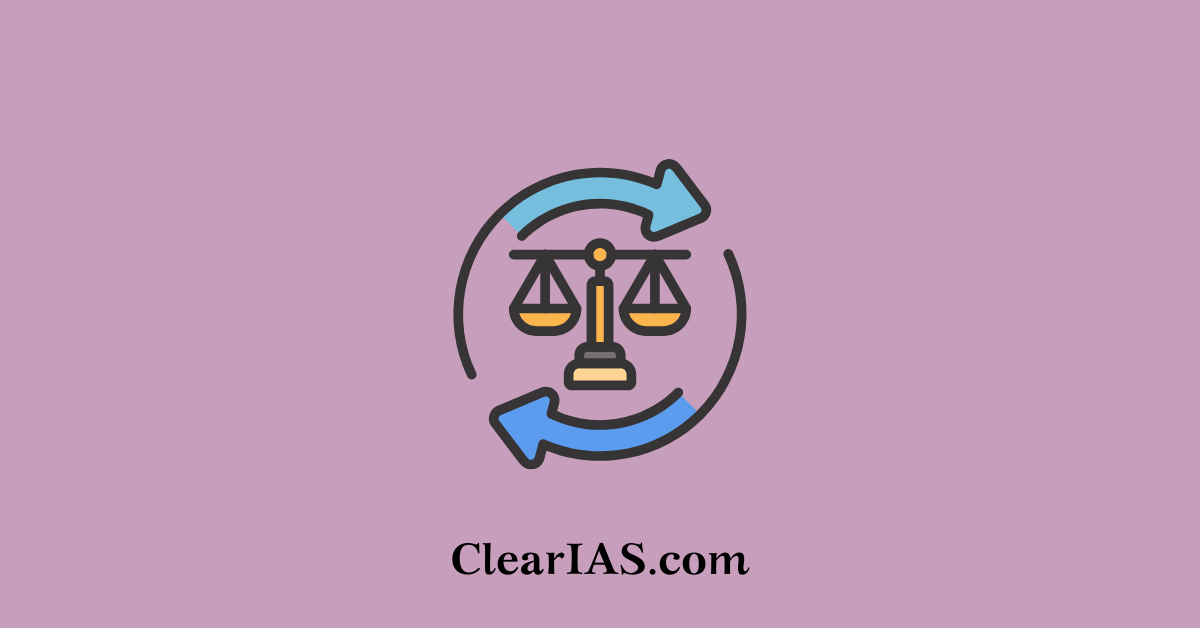
India has become the fourth most equal country globally, according to a recent report by the World Bank. India is now among the most equal societies globally, outperforming even several advanced economies. Read here to learn about India’s journey in bridging inequality.
Inequality, both in income and opportunity, has long been a structural challenge for India.
With vast social, economic, and regional disparities, India’s development trajectory has historically been marked by the tension between high economic growth and uneven distribution of its benefits.
However, recent data from the World Bank (2025) presents a transformative picture; India has emerged as the world’s fourth most equal society, with a Gini Index of 25.5.
This signifies not only statistical progress but a profound structural shift toward a more inclusive and equitable development model.
The most equal country in the world
India has been ranked 4th globally in income equality, per World Bank data.
The country achieved a Gini Index of 25.5, behind only the Slovak Republic, Slovenia, and Belarus.
India is now among the most equal societies globally, outperforming even several advanced economies.
Understanding the Gini Index
The Gini Index measures income or consumption inequality on a scale from 0 (perfect equality) to 100 (absolute inequality).
India’s improvement from a Gini score of 28.8 in 2011 to 25.5 in 2022 reflects a meaningful reduction in income disparities, placing it ahead of advanced economies.
- Measures income/wealth inequality (0 = perfect equality, 100 = complete inequality).
- India’s Gini Index improved from 28.8 (2011) to 25.5 (2022) — reflecting growing equity.
- Comparatively:
Drivers of India’s Inclusive Growth
- Massive Poverty Reduction
- 171 million Indians were lifted out of extreme poverty between 2011 and 2023.
- Extreme poverty fell from 16.2% (2011–12) to 2.3% (2022–23), as per the $2.15/day global threshold.
- Under the new $3.00/day line, the poverty rate stands at 5.3%.
- Financial Inclusion Revolution
- PM Jan Dhan Yojana: Over 55 crore bank accounts opened, bringing the unbanked into the formal economy.
- Aadhaar: Digital identity for 142+ crore people enabled direct targeting of welfare.
- Direct Benefit Transfer (DBT): Over ₹3.48 lakh crore in savings by eliminating leakages in welfare delivery.
- Universal Access to Health and Nutrition
- Ayushman Bharat: The World’s largest health assurance scheme, covering over 41 crore people.
- PMGKAY: Provided food security to over 80 crore beneficiaries, especially during the COVID-19 crisis.
- Ayushman Vay Vandana Yojana: Extended health cover to citizens aged 70+, irrespective of income.
- Promoting Equity in Entrepreneurship
- Stand-Up India: ₹62,807 crore sanctioned to over 2.75 lakh SC/ST and women entrepreneurs.
- PM Vishwakarma Yojana: Support for nearly 30 lakh traditional artisans via loans, tools, and training.
- Technology-Enabled Governance
- Platforms like Aadhaar, Jan Dhan, and Mobile Banking (the JAM trinity) made welfare delivery more targeted, efficient, and accountable.
- Welfare Reforms with Fiscal Prudence
- Combining subsidy rationalisation with outcome-oriented delivery ensured public funds reached those most in need.
- Focus on Vulnerable Populations
- Government programmes targeted SC/STs, women, the elderly, artisans, and the rural poor, enhancing their participation in growth.
- Urban–Rural Balance
- Major progress has been recorded across both urban and rural areas, helping reduce regional inequalities.
Challenges That Remain
Despite significant progress, challenges persist:
- Wealth inequality and urban-rural income gaps remain high.
- Access to quality education and skill development is still uneven.
- Digital divide, particularly in remote areas, limits full utilisation of government services.
- Rising concerns over employment generation, especially in the informal sector.
Way Forward
- Focus on Human Capital: Strengthen school education, skill development, and healthcare to enable long-term equity.
- Urban Inclusion: Ensure affordable housing, urban employment, and basic services to reduce intra-city inequality.
- Digital Infrastructure Expansion: Bridge the digital divide for universal access to entitlements and opportunities.
- Data Transparency and Monitoring: Real-time dashboards (like those used in Aspirational Districts) should be deployed to monitor inequality indicators.
Conclusion
India’s journey from being a country grappling with mass poverty to being ranked among the most equal societies globally is a testament to the power of targeted policy, inclusive governance, and digital innovation.
The reduction in the Gini Index is more than a statistical feat; it represents millions of real-life transformations.
As India moves forward, sustaining this progress will require deepening structural reforms, greater investments in human development, and a firm commitment to the principles of social justice and inclusive growth.
In doing so, India not only better the lives of its citizens but also offers a replicable model for the developing world.







Leave a Reply